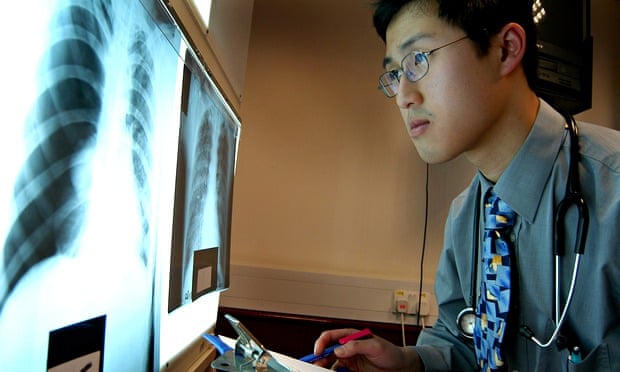No democratic country in the world has an electoral system where Members of Parliament may be elected in teams except in Singapore where we have the Group Representative Constituencies (GRCs) system.
Before the implementation of the GRC system, there was only the Single Member Constituencies (SMC) system where individual candidates compete with each other and stand or fall on their own merits. The candidate with the highest votes gets elected.
Before the implementation of the GRC system, there was only the Single Member Constituencies (SMC) system where individual candidates compete with each other and stand or fall on their own merits. The candidate with the highest votes gets elected.
With the GRC system, a few candidates band together to contest as a team against other teams. The team with the highest votes gets elected. This GRC system allows candidates who would not otherwise have made it on their own account to be elected into parliament by riding on the coat-tails of other members in their team who are more credible. Such a system has the potential to dilute the quality of the representatives elected into parliament. And it is beginning to show.
In the current general elections, there are a total of 13 SMCs and 16 GRCs. Depending on which GRC they are contesting in, the teams will need to have between 3 and 6 candidates. Looking at all the teams, one begins to form the view that in almost every team, there are at least one or more candidates whose suitability and ability are clearly questionable. How can this happen? Don't all parties screen their candidates and select only those of calibre to stand for election?
The fact is that good candidates are hard to come by in Singapore politics and with the requirement of a minimum number of candidates in a GRC team, there is a filler effect for teams to make up the numbers. Unsuitable candidates are slotted into the teams to satisfy the minimum number and in this way, they affect the overall quality of the team. The situation is made worse by the requirement of a minority candidate in a GRC team. And good minority candidates are even harder to find.
The filler effect of the GRC system paves the way for opportunists and other undesirable characters to make their way into our legislative body where important matters such as our legislations and national policies are decided. When voters are swayed by the strongest and most credible candidate in a GRC team, they may not pay heed to the fact that the others in the team are undeserving of their vote. The consequence is that more and more weak candidates will make their way into parliament. Is that not something of grave concern to the nation?




